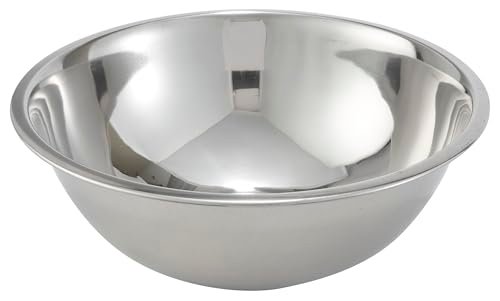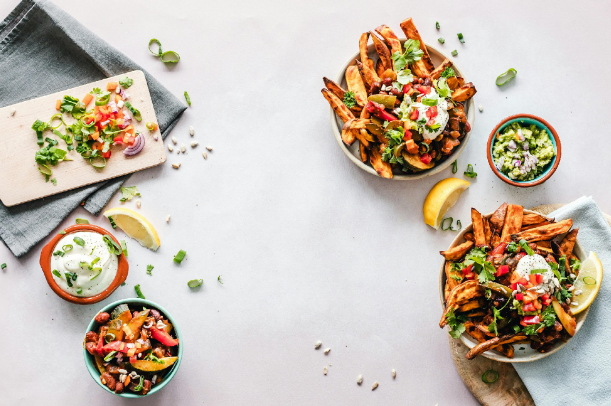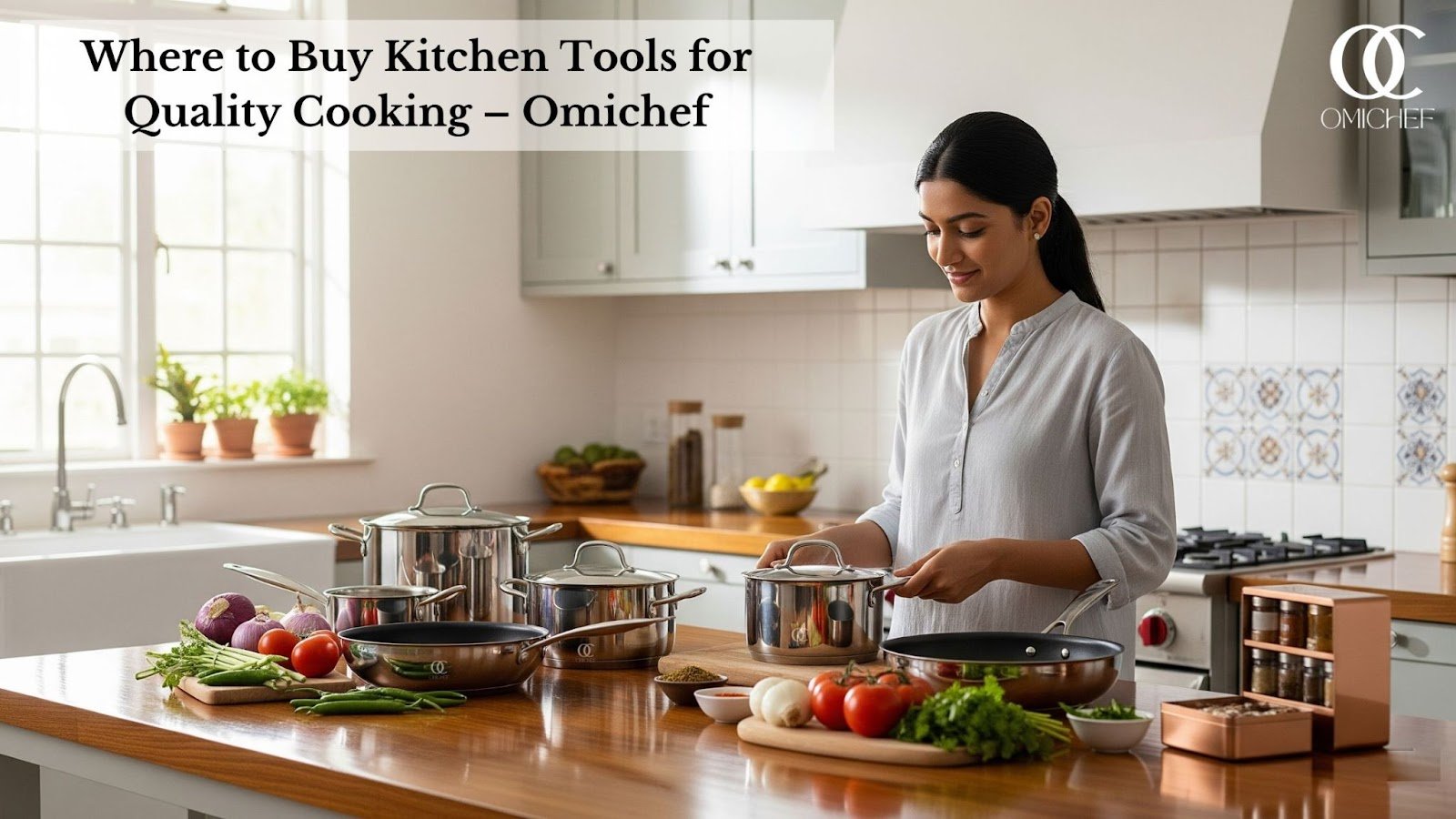No matter if you’re a skilled baker, a home cook, or just beginning, picking the right bowl size matters. It can really boost your efficiency and make cooking easier. Two of the most commonly used sizes are 5-quart (5qt) and 8-quart (8qt) mixing bowls, but which one is best for your needs?
This guide explores the key differences, best uses, and considerations for choosing between a 5qt and an 8qt mixing bowl.
5qt vs 8qt Mixing Bowls
| Feature | 5qt Mixing Bowl | 8qt Mixing Bowl |
|---|---|---|
| Capacity | 5 quarts (1.25 gallons) | 8 quarts (2 gallons) |
| Best For | Small to medium batches | Large batch cooking, baking, and meal prep |
| Material Options | Stainless steel, glass, plastic, ceramic | Stainless steel, glass, plastic, ceramic |
| Kitchen Space | Compact, easy to store | Requires more storage space |
| Mixing Ease | Suitable for most household recipes | Ideal for doughs, batters, and big salads |
| Weight | Lightweight | Heavier, especially when full |
| Price | Generally more affordable | Slightly more expensive |
When to Choose a 5qt Mixing Bowl

A 5-quart mixing bowl is one of the most commonly used sizes in both home and professional kitchens. Here’s when you should opt for this size:
- Baking and Cooking: Great for small to medium batches of cookie dough and cake batter.
- Mixing and Prepping: Ideal for marinating meat, whisking eggs, or preparing side dishes.
- Compact Storage: Smaller size makes it easier to store in kitchen cabinets.
- Everyday Use: Great for making salads, tossing vegetables, and general kitchen tasks.
Pros of 5qt Mixing Bowls:
- Lightweight and easy to handle.
- Perfect for most home cooking needs.
- Ideal for baking and prepping.
- Easier to store.
Cons of 5qt Mixing Bowls:
- Limited capacity for large batches.
- Not suitable for kneading large bread doughs.
When to Choose an 8qt Mixing Bowl

If you frequently prepare large recipes or bake in bulk, an 8-quart mixing bowl may be a better choice.
- Bread Dough & Large Batches: Ideal for kneading dough or preparing many servings at once.
- Professional and Commercial Use: Often used in restaurants and bakeries.
- More Room for Mixing: The bigger capacity stops spills and makes mixing thick batters easier.
- Versatile for Various Cooking Styles: Perfect for tossing salads, whipping cream, and making large meals.
Pros of 8qt Mixing Bowls:
- Larger capacity for bulk cooking.
- Perfect for bread dough & heavy mixing.
- Less mess when stirring or whisking.
- Great for Commercial Kitchens.
Cons of 8qt Mixing Bowls:
- Takes up more storage space.
- Can be heavier and & harder to handle.
Key Differences Between 5qt and 8qt Mixing Bowls
1. Capacity & Volume
- A 5qt bowl holds approximately 20 cups of liquid.
- An 8qt bowl holds about 32 cups of liquid, making it 60% larger than a 5qt.
- If you often double recipes or bake large batches, a 8qt bowl may be more practical.
2. Storage & Space Considerations
- 5qt bowls are easier to store, especially in smaller kitchens.
- 8qt bowls take up more room and may require dedicated cabinet or countertop space.
3. Weight & Handling
- A 5qt mixing bowl is lighter and easier to maneuver.
- An 8qt bowl is significantly heavier, especially when full.
4. Mixing Efficiency & Splatter Control
- A deeper 8qt bowl prevents splattering, making it great for hand-mixing flour, batter, or whipped cream.
- 5qt bowls may result in spills when mixing larger or thicker batches.
5. Price & Affordability
- A 5qt mixing bowl is generally more budget-friendly.
- An 8qt bowl is slightly more expensive due to its larger size and material requirements.
- have the storage space and strength to handle a larger bowl.
Mixing Bowl Size Chart
| Capacity | Depth | Diameter | Flat Bottom Diameter |
|---|---|---|---|
| 1.5 QT | 3 10/16″ | 6 11/16″ | 3 3/16″ |
| 3 QT | 4 14/16″ | 8 9/16″ | 4″ |
| 5 QT | 5 10/16″ | 10 2/16″ | 4 4/16″ |
| 8 QT | Varies by manufacturer | Larger than 10 inches | Typically 6+ inches |
FAQs
What is the best size for a mixing bowl?
A 5qt mixing bowl is the best choice for most home kitchens, ideal for baking, meal prep, and general mixing. 8qt bowls are better for large batches, bread dough, and commercial use.
Is a 5qt mixing bowl big enough?
For everyday cooking, baking, and meal prep, a 5qt bowl is usually sufficient. However, for larger recipes, bread dough, or batch cooking, you might need a bigger bowl.
How big is an 8qt bowl?
An 8-quart mixing bowl is usually about 6.5 inches deep and 12 inches wide. It is much bigger than a 5-quart bowl, making it great for mixing and baking large amounts.
Can I use an 8qt beater in a 5qt mixing bowl?
Some commercial mixers support both 5qt and 8qt bowls, but check compatibility before purchasing. Using an 8qt beater in a 5qt bowl may not work effectively.
Can I use a 5qt bowl in a 4.5qt mixer?
In most cases, a 5qt bowl can fit a 4.5qt KitchenAid mixer, but compatibility depends on the specific model. Always check manufacturer guidelines before swapping bowl sizes.
Should I get a mixing bowl set instead?
Many kitchen enthusiasts prefer a set that includes multiple sizes (1.5qt, 3qt, 5qt, and 8qt) for flexibility.
What is the most common size of a KitchenAid mixer?
The most common KitchenAid stand mixer size is 5 quarts. It’s popular for home baking and cooking. This size strikes a great balance between capacity and convenience.
What’s the best material for mixing bowls?
- Stainless Steel: Durable, lightweight, and non-reactive.
- Glass: Heavy but great for microwave use.
- Plastic: Affordable and lightweight but can stain.
- Ceramic: Stylish but fragile.
Conclusion: Which One Should You Choose?
- If you mostly cook for 1-4 people, bake occasionally, or have limited storage, a 5qt mixing bowl is the better choice.
- If you frequently bake in bulk, prepare large meals, or work with dough, an 8qt mixing bowl will offer the space and convenience you need.
- Whichever size you choose, investing in a high-quality mixing bowl set can offer versatility and long-term value. Happy mixing!







